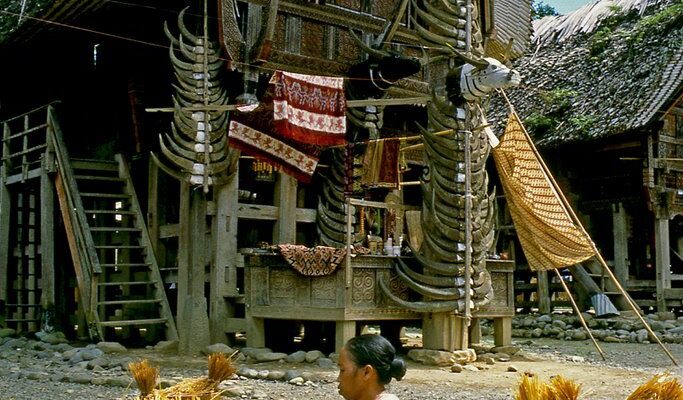Sulawesi Island
Sulawesi is a huge, intricately curved island, the jewel of Indonesia, strung across the equator. Connoisseurs call it the most diverse, where unique natural beauties and strange to the point of madness creations of human hands are combined. The set of landscapes will satisfy the most picky naturalist: there are humid jungles and savannahs, and mountains framed by endless valleys, and the best coral reefs in Asia, and snow-white beaches. Many of the fauna is extremely exotic and found only in Sulawesi.
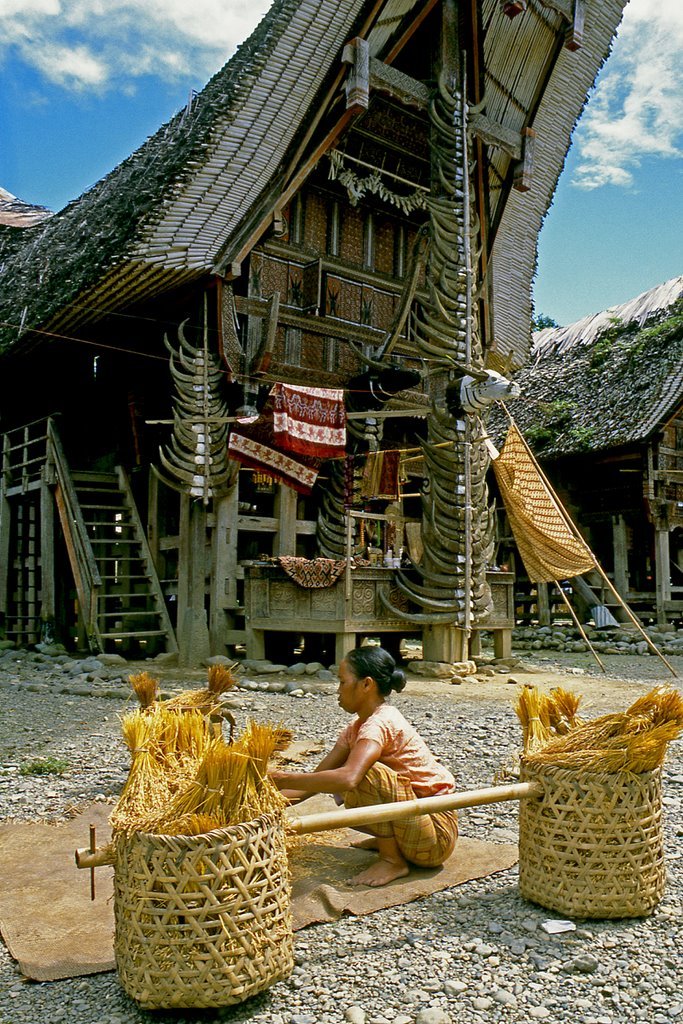
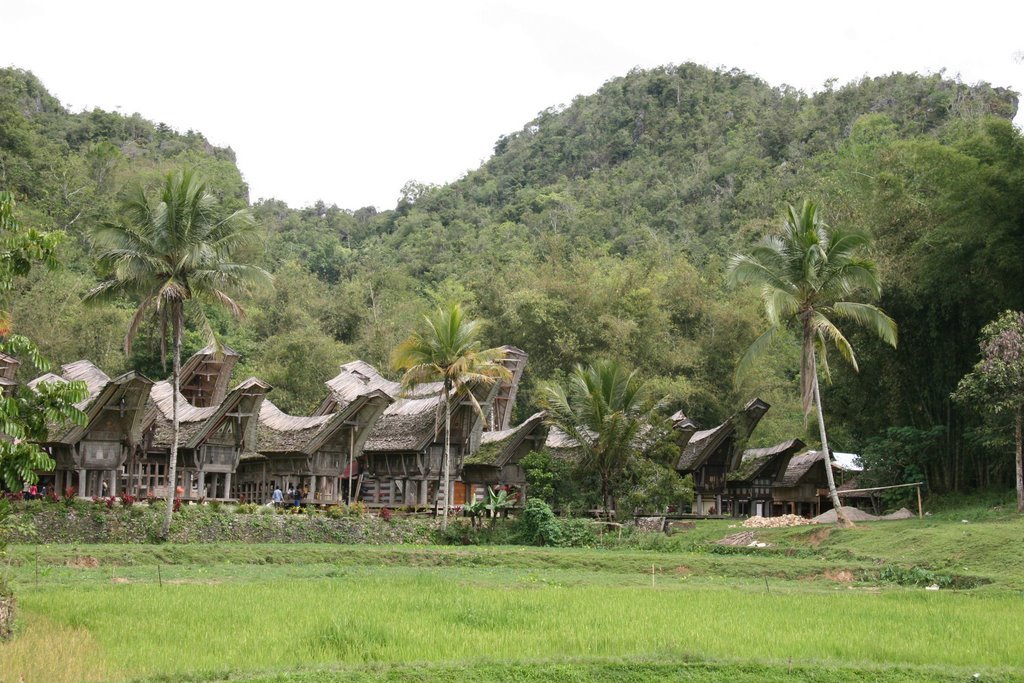
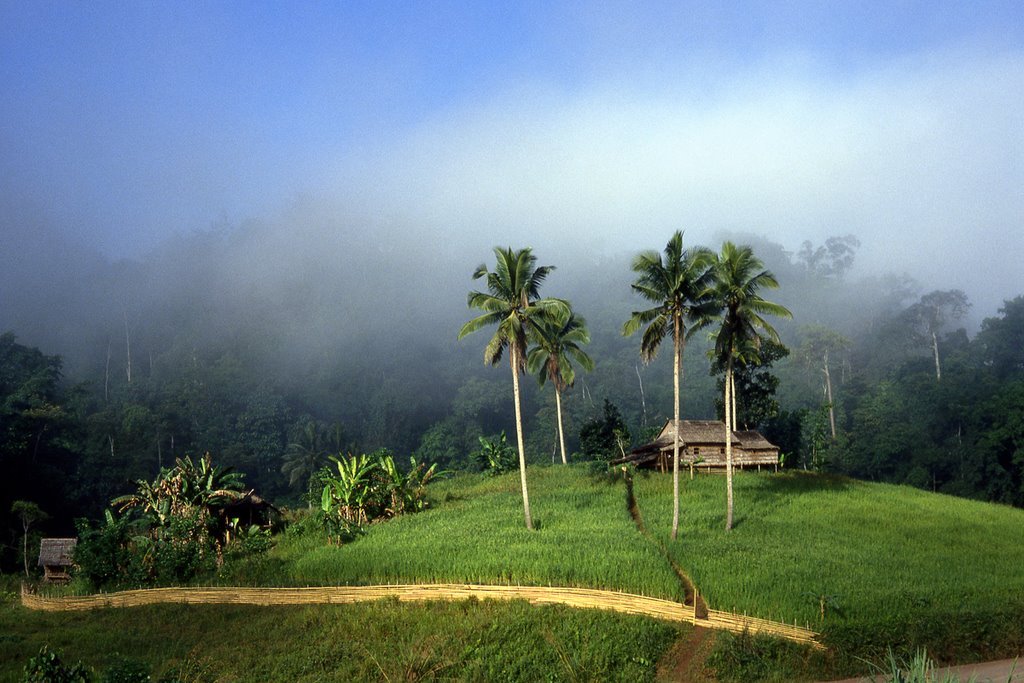
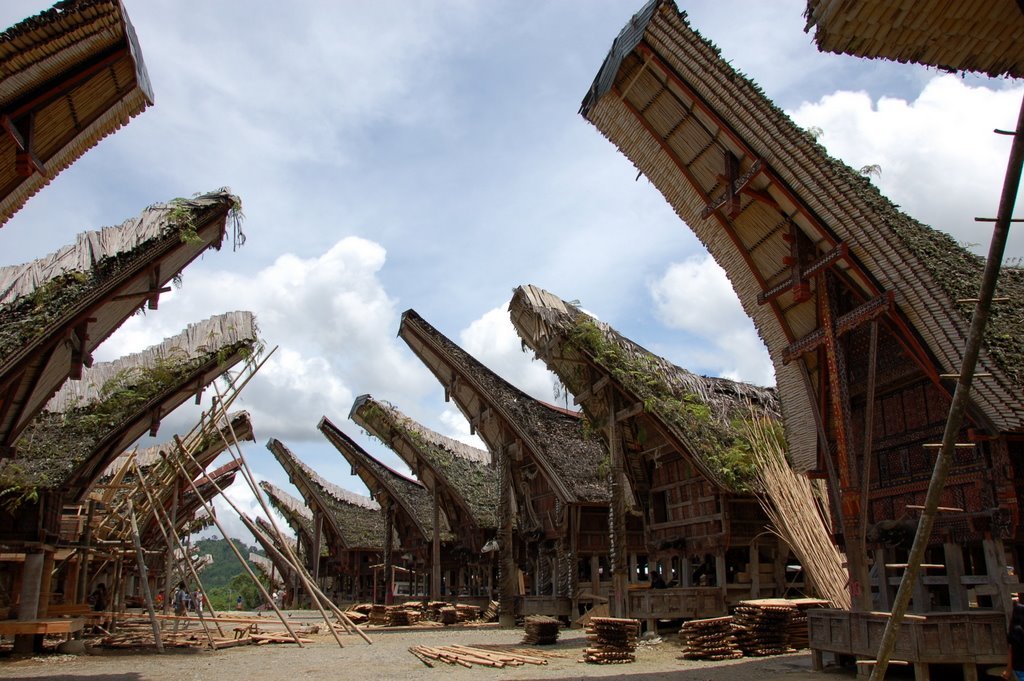
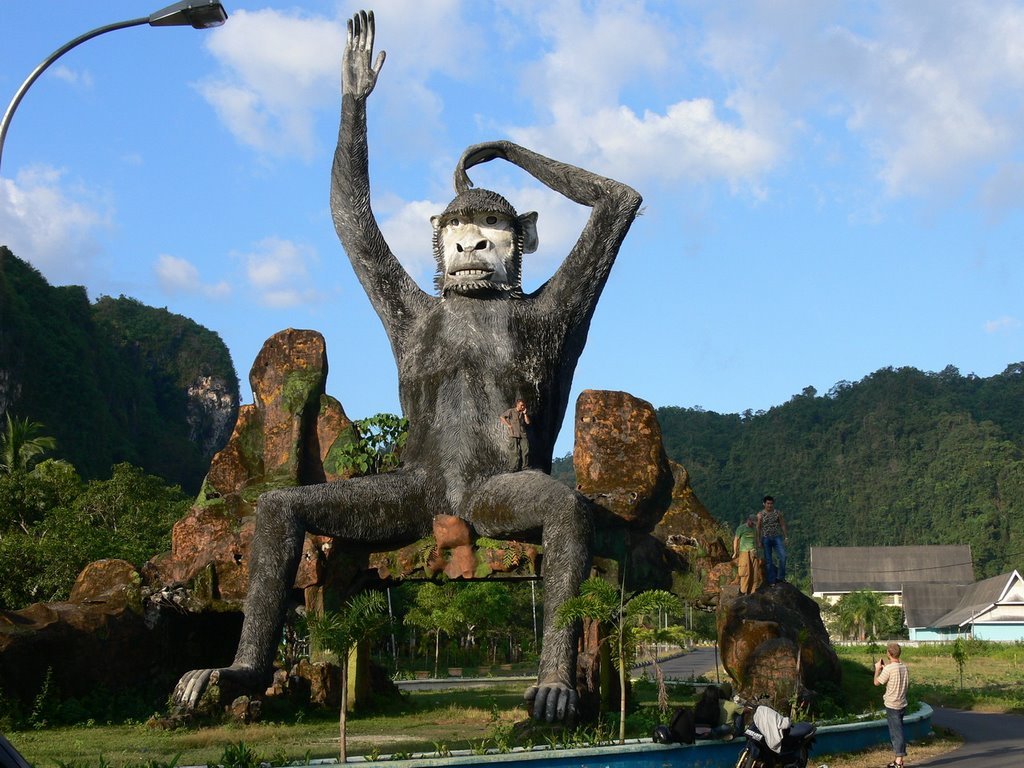
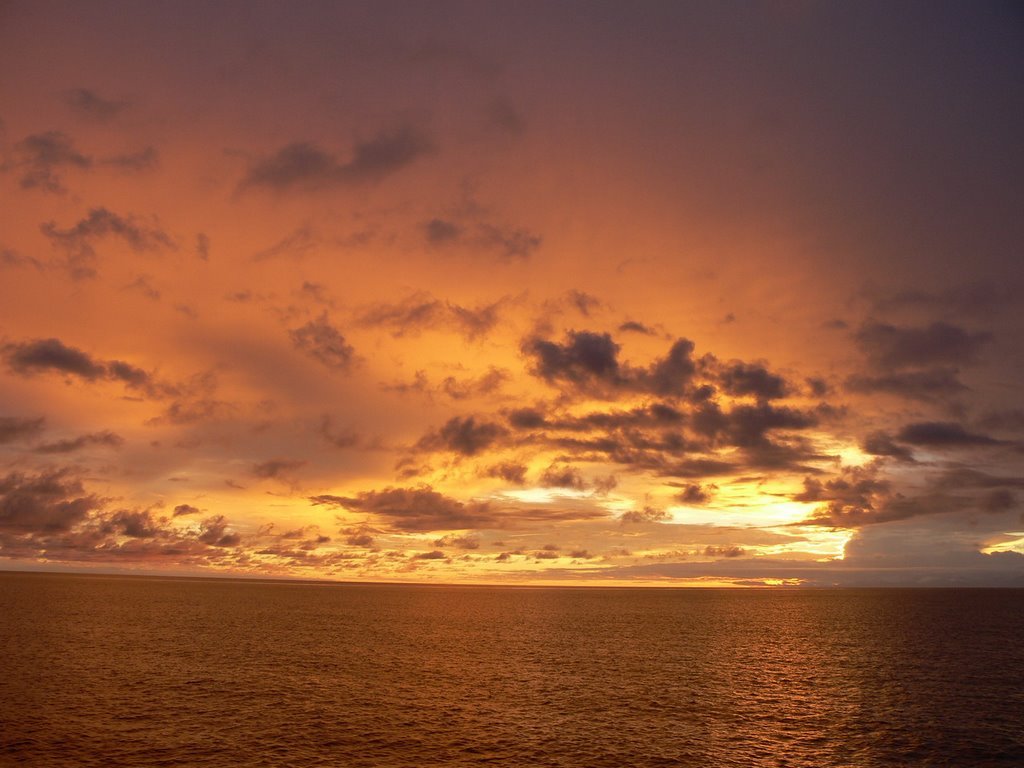
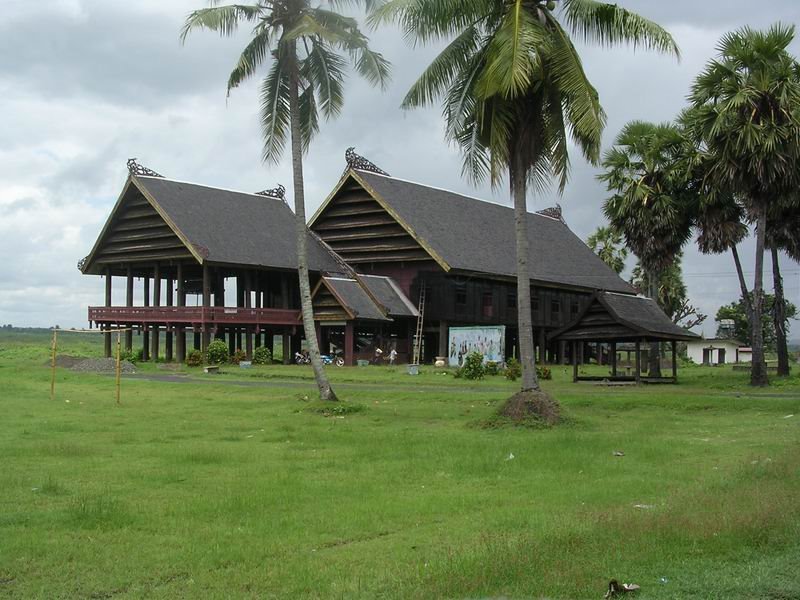
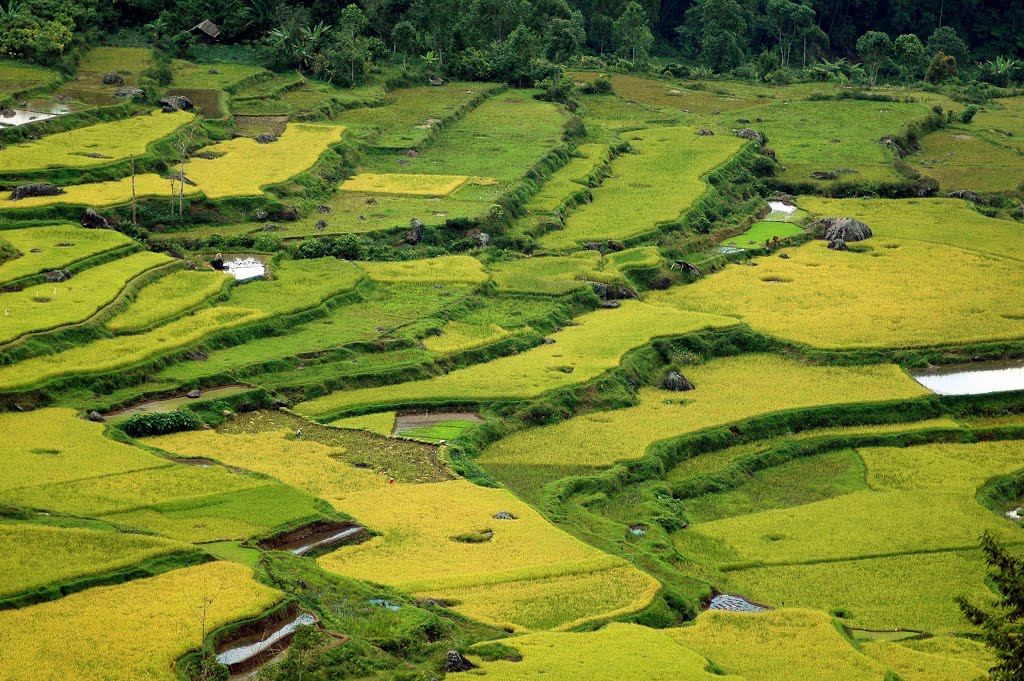
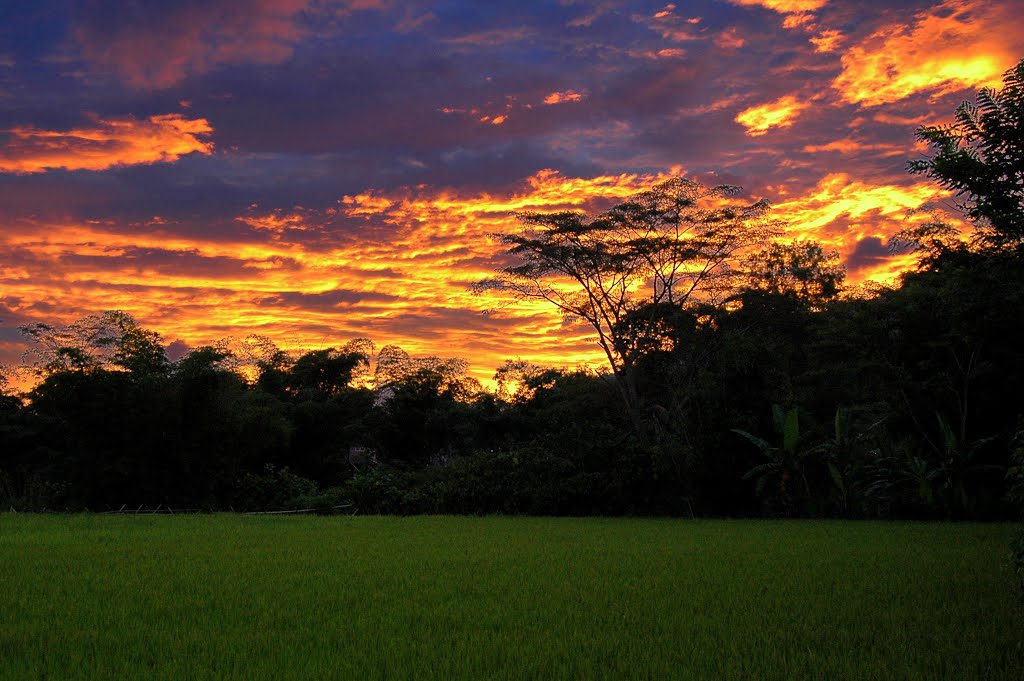
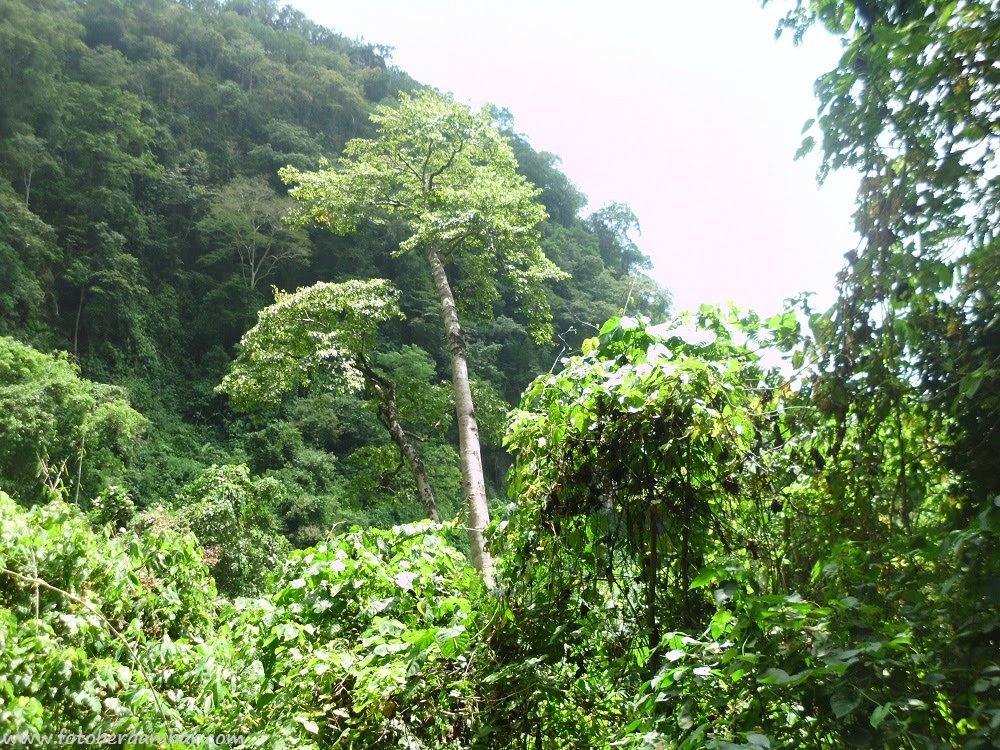
General Information
The local population is mainly represented by the Toraja and Bugis, the conquerors of the seas. The port cities are full of natives of China, India and Arab countries, who have settled in the hospitable Sulawesi land for centuries. The main religion is, of course, Islam, but Buddhists, Taoists and Hindus dilute the development of the largest cities with their temples.
The history of Sulawesi since the 16th century is filled with struggles first by the Portuguese, then by the Spanish and Dutch for dominance over the local sultanates. The latter succeeded the most and established control over the spice trade until the 20th century.
Sulawesi’s history is filled with the struggle of first the Portuguese, then the Spanish and Dutch to dominate the local sultanates.
Sulawesi has its two main cities, the capital Makassar (formerly Ujung Pandang) to the south and Manado to the north. Between them runs the longest street in the world Jl. Trans Sulawesi as long as 2,000 kilometers.
.
Getting to the island is much easier than getting around it. Both Makassar and Manado have international airports with many flights. Air Asia has recently started flying to the capital from Kuala Lumpur (from $55), and it also has a route to Manado (from $70). Silk Air has linked Makassar and Manado with Singapore with its sepulchral price tags.
.There are many more flight options within Indonesia. Planes from many local airlines fly regularly from Jakarta, Denpasar, Surabaya and Balikpapan to Makassar ($40 – 80) and Manado (usually via the same Makassar). The capital of Sulawesi is a must stop for all flights going to the Moluccas Islands and Papua.
.The Makassar port receives Pelni ferries whose routes pass through Sulawesi in one way or another. The Surabaya to Makassar run takes 24 hours and costs from Rp 213,000 depending on class.
.
Within the island, you can get around by buses (which break down frequently and are even more frequently canceled) and planes (break down much less frequently, but are often canceled). Sulawesi is one of the champions in terms of inconvenient transportation between its cities and poor quality of hotel accommodation, so it is rarely visited by tourists. In any case, a traveler to these wonderful places should get used to flight postponements, cancellations, stops and complete uncertainty, treating it philosophically and having enough time in reserve. Only then will Sulawesi’s indiscretions not give you headaches and begin to bring aesthetic pleasure.
.South Sulawesi. Makassar and the surrounding area
Makassar is ugly. It is ugly not just so, but exaggeratedly grotesque, defying with its ugliness all canons of architecture and ideas of beauty. One might even say that this is what makes it interesting. The only attraction is the fort “Rotterdam”, built by the Dutch for defense against their subjects, turned into a museum and worthy of a 15-minute visit. In front of it is a monument to the hero of the liberation movement, Prince Diponegoro, who served 27 years in the castle’s prison until his death.
.
The capital of the island has grown a lot and houses one and a half million inhabitants. For the tourist, only its western part on the coast, where the fort and hotels are located, is valuable. Hasanuddin Airport (Hasanuddin) is located 20 km east of the city, on the same road stands the main bus station “Terminal Daya” (“Terminal Daya”).
.
Makassar equatorial heat melts the scrubby asphalt so that you want to get on a plane and land near Vorkuta or Norilsk. If you wish, these northern Russian cities can easily be replaced by a short 70 km drive east to the village of Malino, which lies at a salutary altitude of 760 meters above sea level. This region is rich in delicious passion fruit and is visited because of the beautiful Takapala waterfall, 4 km from the village. The road to the south coast is beautiful, passing through Tana Bern, where the Butis build their imposing boats, and ending in Bira with its luxurious beaches. The whole journey can be done by bus from Makassar bus station, which doesn’t take much time or money.
.Tana Toraja
The main tourist hit of the whole island, an area with a unique burial culture that can shock impressionable natures. The center of Tana Toraja town of Rantepao can be reached by bus from Makassar via Pare Pare. Both segments will take approximately 5 hours each. Driving by land towards Manado is best avoided, it’s an activity for real bus maniacs.
.Togean Islands
When someone utters the words “paradise lost”, a group of small islands in the Moluccas Sea between central and northern Sulawesi immediately comes to mind. Are there any other places in the world with such clear water, white sand and defiantly beautiful corals? Probably, there are, but many of them are already thoroughly trampled by tourists, and Togeans because of its remoteness and inaccessibility still accept only rare adventurers who managed to get through the transportation Sulawesi mess. The algorithm of getting to this paradise on the equator is approximately as follows: from Rantepao, having had enough of looking at the cemeteries-multi-storey buildings, it is necessary to move by bus through amazingly beautiful landscapes to the town of Poso, which stands on the coast of the bay of the same name at the very base of the northern “offshoot” of Sulawesi (13 hours, 100 000 Rp). Its surrounding beaches offer excellent swimming and snorkeling, but don’t stop halfway to the dream. From Poso you can take the bemo to Ampana (5 hours, 40,000 Rp), from where the coveted Togean is just over 50km to the centrally located island of Kadidiri. There, vacationers are covered with such a relaxing peace with bouts of childlike happiness that they stay for a much longer period of time than assumed in advance. A couple of resorts – this is all there is around, the guests eat at them, and the food is already included in the price. Thus, in “Black Marlin” accommodation for two people costs from $30, the only competitor “Paradise Bungalow” has a slightly higher price. On the neighboring islets Batu Daka (Batu Daka), Talata Koh (Talata Koh) and Malenge (Malenge) the situation is about the same.
.North Sulawesi
It is an elongated “appendix” along the equator with the main port city of Manado at the end. Togean Islands have a nice feature: without making a detour of several hundred kilometers by land, from them you can directly ferry (on Thursdays) to the city of Gorontalo (Gorontalo) in the northernmost Sulawesi, from where to Manado is quite a good road (10 hours, 80 000 Rp).
.Manado
The capital of the northern provinces is a pleasant cosmopolitan city with a sense of its long colonial past. It was destroyed by an earthquake in 1844 and rebuilt by the Dutch in their own way. Its proximity to the musical Philippines has created a passion for live jazz and rock music, and its relatively high standard of living and surrounding natural beauty make Manadans proud of their city. But the numerous tourists have no time for it – they all flew here to visit Bunaken Island with its hardly the best diving in the world. The airport is located 10 km from Manado and is considered the most convenient point for transportation to the Moluccan Islands. Flights to Java and Bali usually land in Makassar.
.The number of ferries to all nearby ports and all nearby islands is huge, Pelni regularly sends its monsters to Halmahera, Ambon, Papua and Makassar.
.